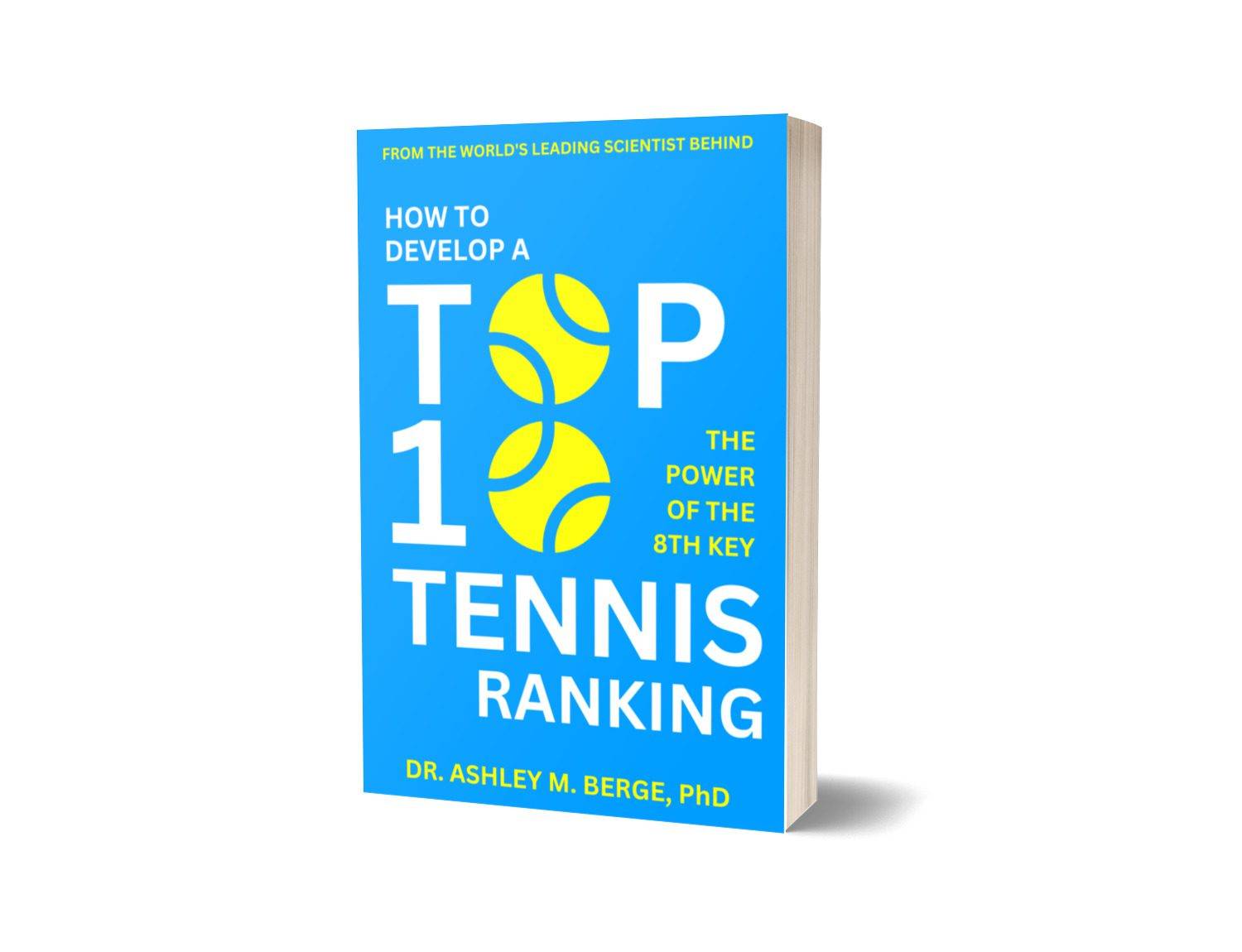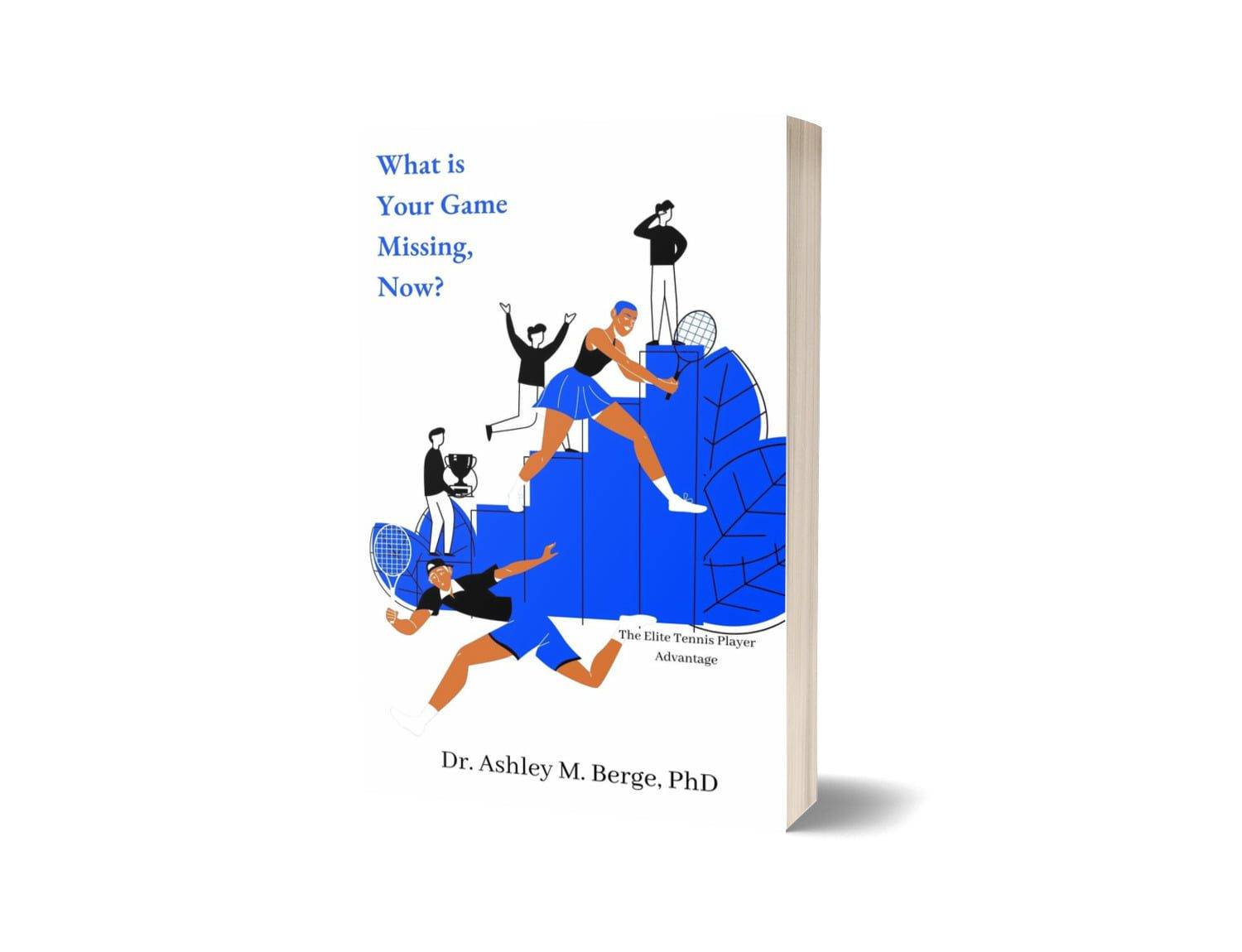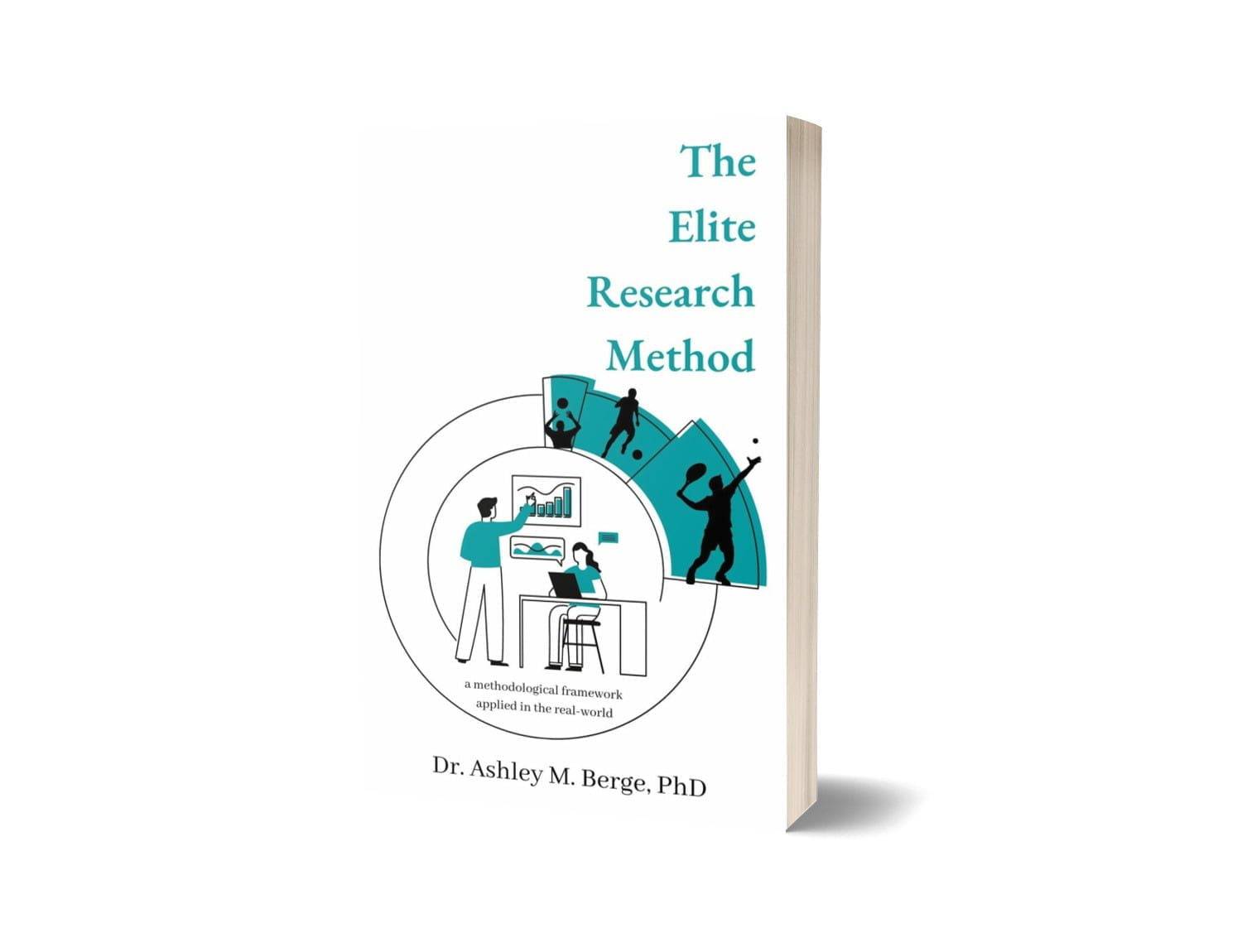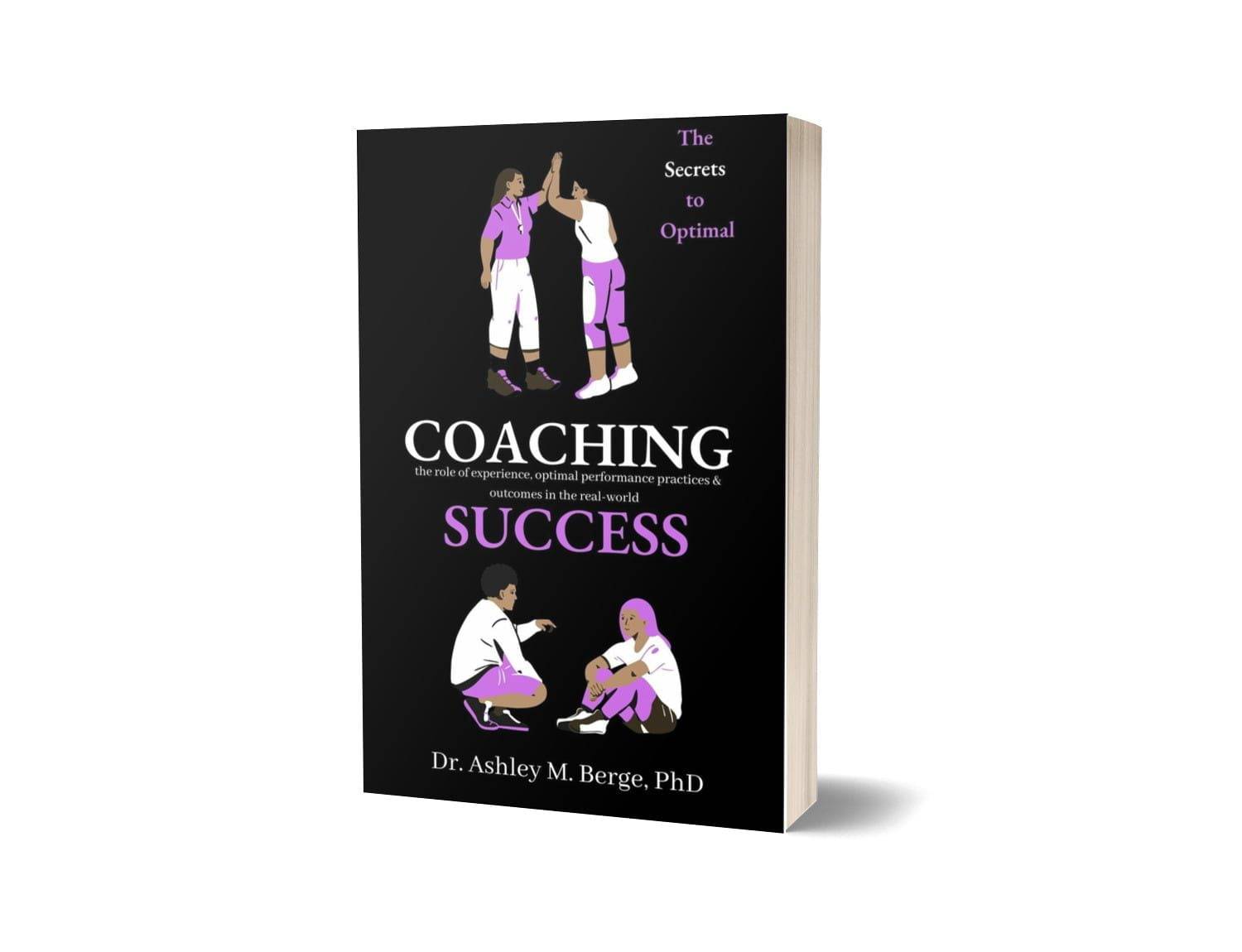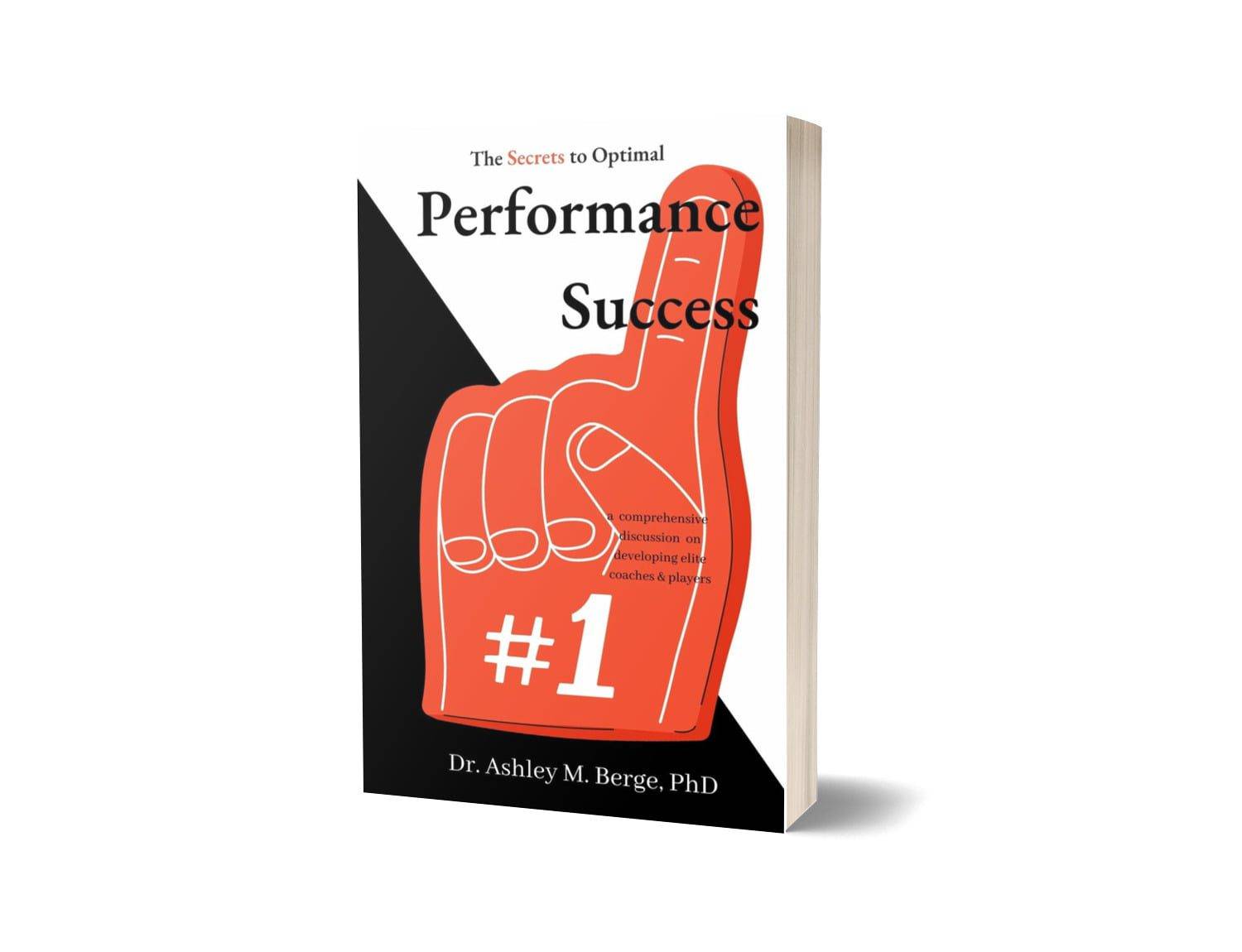
Do you remember my vert first ‘article’ shared on behalf of Beyond Top 10 Tennis? This is a loaded question of course given that I’ve written a number of Blogs over the years — some got lost and sit somewhere in the metaverse (perhaps), whilst others have become lost in cyber-space. Well, that’s a nice thought nonetheless. But seriously, others were so rich with goodies that they formed the backbone to my initial publications over 9 years ago. Bam!
That’s right, I’ve been at it for some time when the only means of sharing was through your own ‘Blogspot’ or ‘Blogger’ account (or similar). There was no function to share on social media and/or post links…now I’m starting to sound more ‘mature’ that what I truly believe to be the case. Truth be told, growing up is overrated and despite my accomplishments, some of which I have written about, I’m a big believer in balance.
And whatever works for you. Which means, if you’re guilty of having ice-cream for breakfast because it’s a weekend and you’re a ‘grown-up’ (used loosely), well all I have to say is rock-on!
I’ll probably never say that again. I’m not sure I’ve ever said that out loud either and I’m pretty sure that isn’t going to change. But here we are. Now, as some of you may know I can attest to writing quite a bit, or rather, perhaps a lot with 12 Books to my name. That said, sometimes the fun gets sucked out of it when you’re writing ‘non-fiction’ but I really do try to do my best with dropping the occasional f-bomb (for real) in my books. Some might get a little chuckle and others perhaps overly offended but I also think there’s a little art in the mix by keeping readers on their toes.
But this brings me to the beginning of Beyond Top 10 Tennis which is still less than a year ago when we kicked things off — and it was a long time coming. My very first post/article whichever tickles your fancy, was short and sweet and addressed this. The episode to match was a direct contrast. I was nervous and was of the belief it had to be perfect. As in, P.E.R.F.E.C.T without the hiccups. Truth be told, it took me a few dozen (or two) episodes to realise fun was the name of the game. That’s why we’re all here, right?
I mean sure, you maybe want to learn something. Come across something new. Maybe even whilst you’re eating ice-cream or being a little more fancy with that avocado on toast. But really, I’d argue that if you’re the one chomping down the former, you really are the lucky one!
But this isn’t about ice-cream. Nor avocado toast. For those of you who came for the appeal, you can ‘have you cake (or avocado toast), and it (or ice-cream), too’. I’m sure you all know which side I sit on.
Which brings me to the more heartfelt and serious topic perhaps around the Coach-Parent relationship. And no, it isn’t about ‘relationship’ in respect to mum and/or dad becoming fond of the Coach and kicking things off. No. No. Nope. It’s actually an academic term that has widely been shared with a little twist.
There’s a lot of work on the Coach-Athlete relationship, so much in fact that I’ve penned The Secrets to Optimal Performance Success, The Secrets to Optimal Wellbeing and The Secrets to Optimal Coaching Success (currently of focus on Beyond Top 10 Tennis), plus The Science of Elite Performance that showcases the intersection between ‘elite performance’ and the power of this very relationship, two-fold.
What’s of focus here, however, is the dynamic and how it plays out at the elite level. Most recently, Holger Rune is an ATP Top 10 player that has had quite a drastic rise to sit comfortably inside the Top of the game. He is nonetheless one of 4 current Top 10 players on the ATP tour who have not made a Grand Slam Final and or Won a Grand Slam. In comparison, the WTA has 8 active Finalists and/or Grand Slam Champions. And no, it isn’t what you think. But this week’s episode dives into this so I’m not about to do double-duty.
The focus here is on the Coach-Parent relationship and how this can affect a player’s rate of success. By all accounts, Rune has been doing one hell of a job to get into the Top 10 at 20 years of age. It’s kind of ridiculous. The challenge is to either maintain that level of he’ll soon regress outside the Top 10. And yes, we’ve got the data to back this. So how does he maintain his edge and nudge closer towards a Grand Slam title?
Well, the Coach-Parent relationship has a lot to do with it. Of interest, Holger Rune has had Serena Williams’ former coach on his team (not as his head coach), Severin Luthi (Roger Federer’s longtime coach and not as his head coach), to Boris Becker (Novak Djokovic’s former coach although not his sole head coach at the time). What’s important to note here is that irrespective the level of success of a Coach with their former players and their rate of success — 20 Grand Slams to their name or null, it doesn’t matter when you’re starting afresh with a new player.
Oh.my.God.No.you.didn’t.
Yep. It’s the truth. Oh, and yes, my latest publication “How to Develop a Top 10 Tennis Ranking” debunked this with the data and proved once and for all the tales many WTA to ATP players have been told. Truth is, 92% of coaches don’t know what they’re doing let alone have knowledge of the 8 Keys or 7 Keys that are responsible for the core metrics behind Grand Slam success. I mean, a player might progress towards the Top 20 without all 7 Keys in tact, but the Top 10 demands the 8th Key and if it goes whereabouts, trouble will come knocking before that player regresses outside the Top 10. Science is pretty cool when it uncovers these ‘kind’ of things.
But back to the Coach-Parent example. If a player doesn’t ‘gel’ with these notable ‘names’ it underscores this very problem. It’s not the name. It’s the dynamic. At the same time, a player who believes ‘multiple coaches’ is better than one, is a little conflicted. By all accounts, a head coach works wonders. But an ‘assistant coach’ can become problematic. This isn’t basketball and the player isn’t a ‘team’ — they’re an individual that are in need of a team. There’s a huge difference. Should they have ‘coaches’ for their mental health to physical health, of course. But these are not their ‘on-court coach’. There are players who have the right mix and achieved remarkable feats and then there are ones who just can’t quite get it right.
And this is a big barrier for Grand Slam success.
So, what is a player to do? The Coach-Parent relationship is key. Involving the parent (if they’re involved, like in Rune’s case) is a necessity. And if you don’t know how, well lucky for you AM8 International has the resources to guide you. But if anything is learned here, asides from ice-cream for breakfast is totally okay (all in moderation and all that), it’s that skipping and pushing out a coach on repeat is not healthy. Having multiple at the same time is even more problematic. Everyone needs to get along and this isn’t a given. Find the right mix. Quit scrambling around. Knuckle down and get those eyes set on a Grand Slam title. But this is only going to happen once there’s that core leader in place — that understands the parent, builds a healthy Coach-Parent dynamic whilst fostering an equally rewarding Coach-Athlete relationship.
And you know what? That’s how Grand Slams are Won.
To learn more about our data, predictive analytics and how to optimise your own performance, head on over to AM8 International. To learn more about AM8 International check out our selection of Books and/or options to join Dr B’s Pack to gain exclusive access to the best in the world. Not quite ready? Head on over to Beyond Top 10 Tennis for free access to 100+ episodes directly from Dr Berge of what it really takes to win multiple Grand Slams to securing that Top 10 tennis ranking with new episodes each week. More? Catch up on our Tips over on TikTok, Twitter, Threads or Instagram for quick snippets to apply in your game, today.



